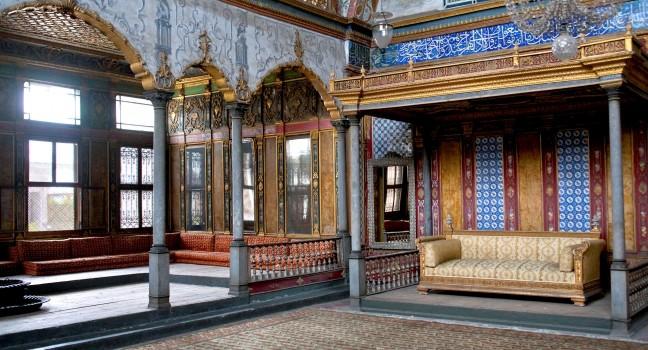Dolmabahçe Sarayı

Abdülmecid I, whose free-spending lifestyle later bankrupted the empire, had this palace built between 1843 and 1856 as a symbol of Turkey's march toward European-style modernization. It's also where Atatürk died (and all clocks in the palace are turned to his time of death). Its name means "filled-in garden," inspired by the imperial garden planted here by Sultan Ahmet I (ruled 1603–17). Abdülmecid gave father and son Garabet and Nikoğos Balyan complete freedom and an unlimited budget, the only demand being that the palace "surpass any other palace of any other potentate anywhere in the world." The result, an extraordinary mixture of Turkish and European architectural and decorative styles, is as over-the-top and showy as a palace should be—and every bit as garish as Versailles. Dolmabahçe is divided into the public Selamlık and the private Harem, which can only be seen on a separate guided tour. The two tours together take about 90 minutes. Afterward, stroll along the palace's nearly ½-km (¼-mile)-long waterfront facade and through the formal gardens, which have the Crystal Pavilion and Clock Museum. The palace has a daily visitor quota, so call the reservation number at least a day in advance to reserve tickets.




